I don't know how it started; it could have been the multi species trips I had been on, curiosity about fishing in harbours or just the desire to see new species but whatever it was, 2022 was my year to start catching mini species.
My first experience was in Looe when I had days when I wasn't on a chartered boat so decided to fish to see what else was there. I set up behind the bridge with a mackerel to cut into slithers for bait. with a small rod and reel, shot on the line, size 16 hook and small piece of mackerel I was fishing. I quickly caught common blenny (also known as shanny) and equally quickly found out that they can bite you and it is sharp. I also found out that the males are dark in colour whilst the females are much lighter and prettier.
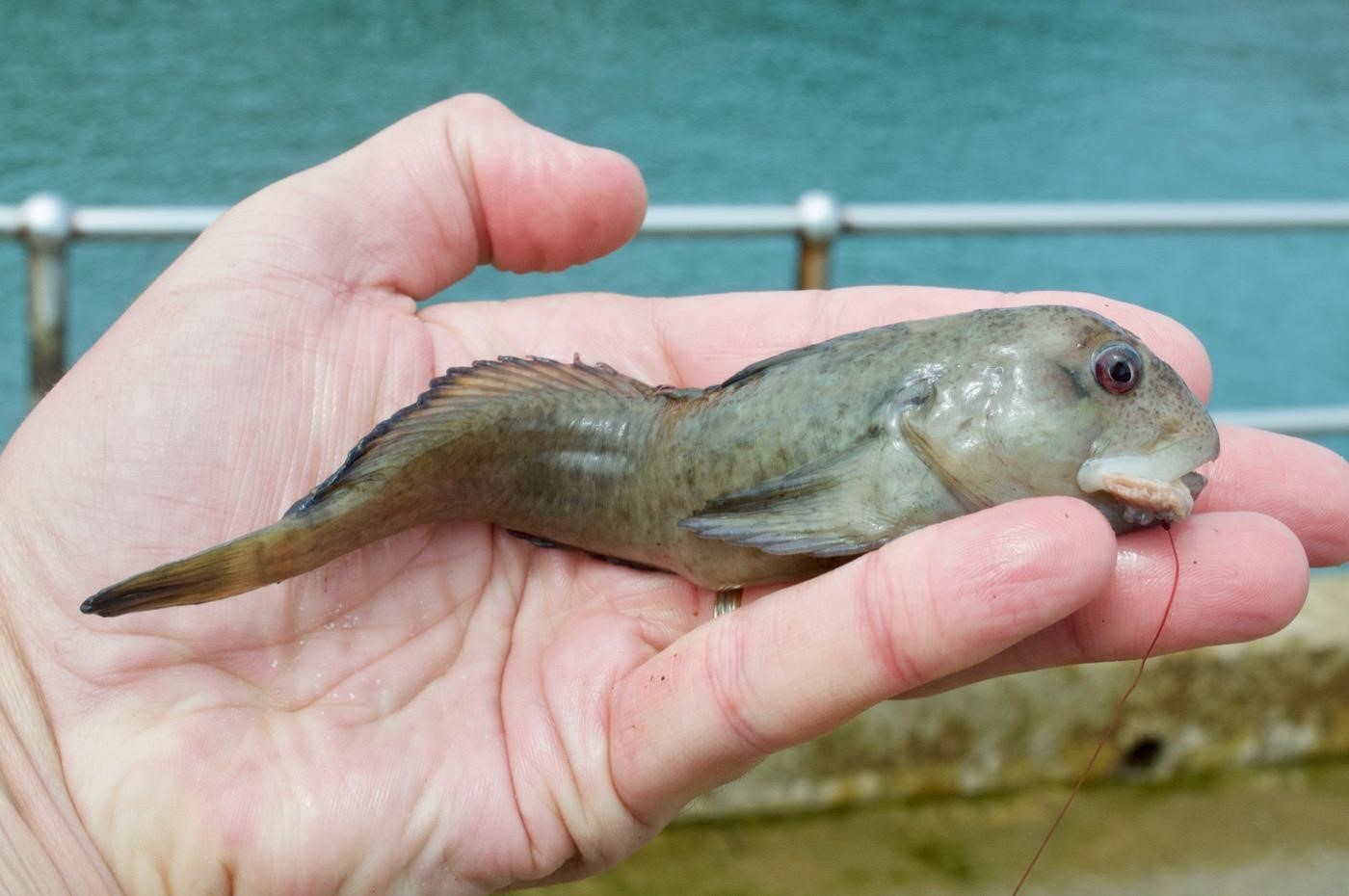
I have tried using this light tackle to catch some odd fish, such as this red band fish.
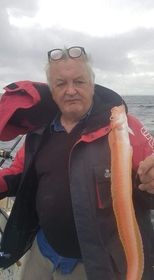
As I grew tired of catching these as it was so easy, I tried the opposite side by the Heritage Centre. There I caught small pollack which come into the harbour before being big enough to venture out to see. I also caught my first rock goby distinguishable by the light band at the top of the dorsal fin.
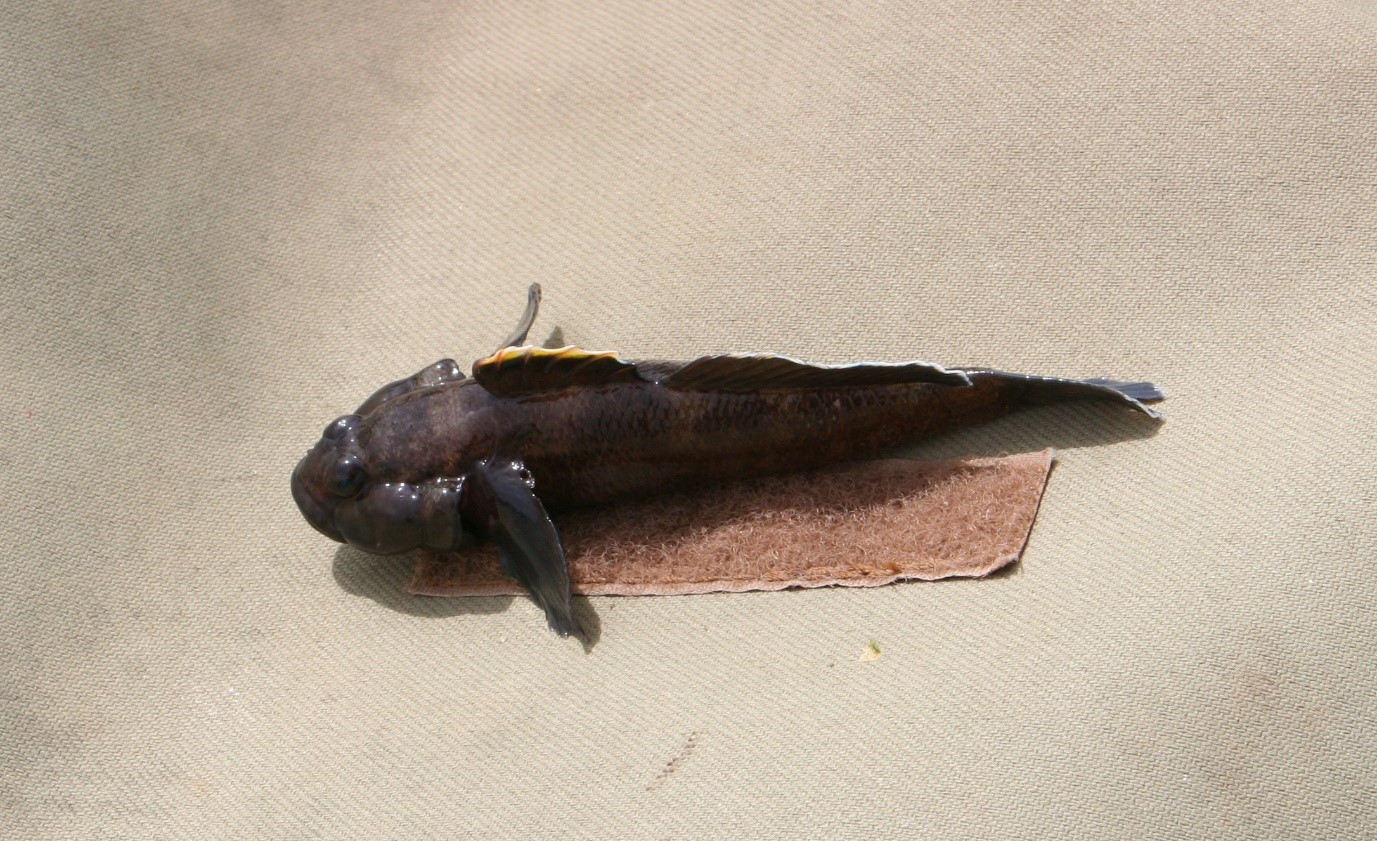
I was talking to a local who has since become a friend who advised me that the Mill Pool also had a wealth of small fish in it, and took me there to show me where they hang out. With bread as bait I caught big goby, subsequently finding out that they were giant goby and were also a preserved species and shouldn't be fished for. There were also other species present and as I was sight fishing, I could select what I caught. The next species was a black goby with an extended dorsal fin.
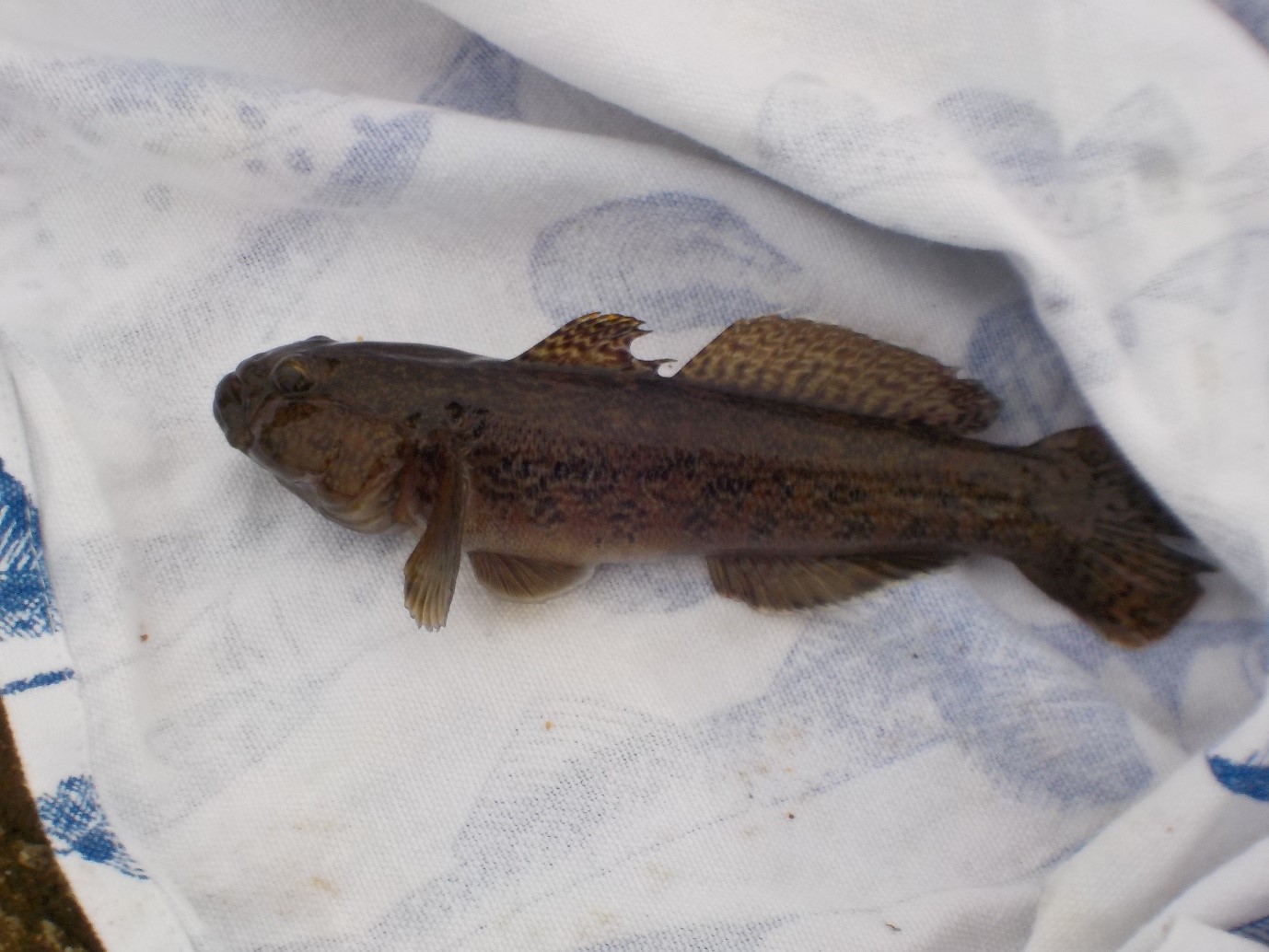
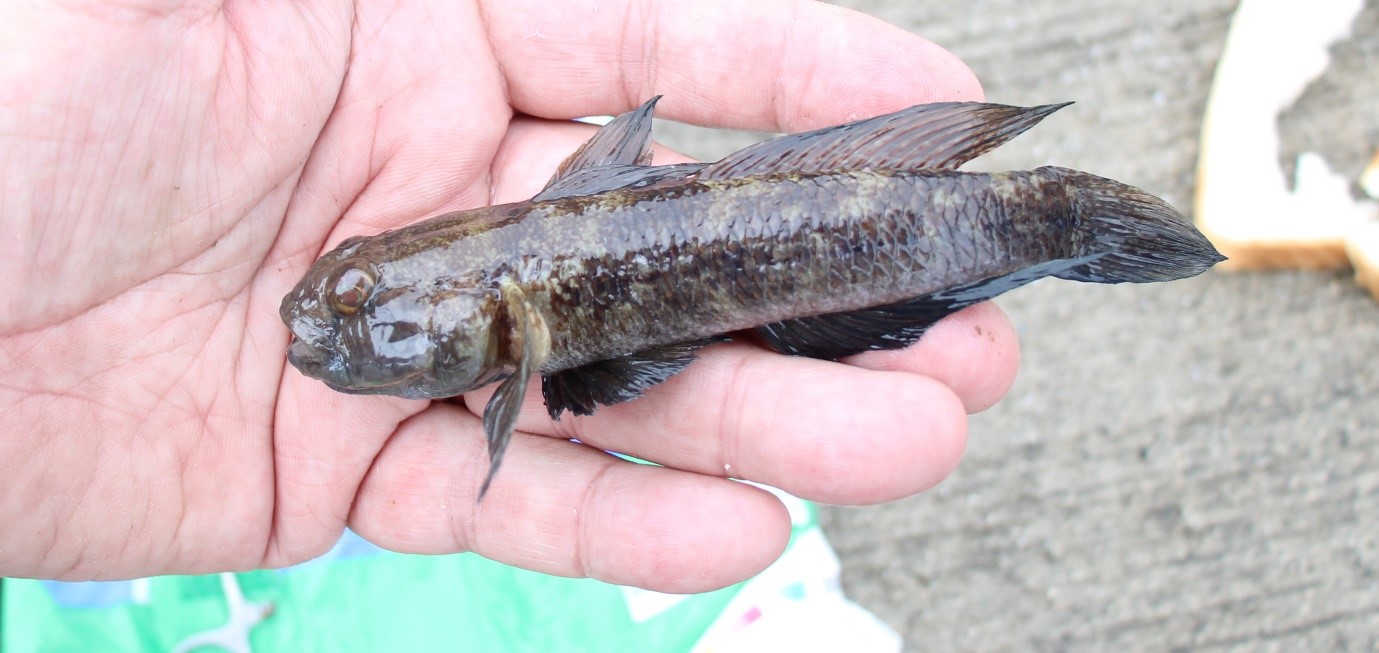
There were also wrasse there which weren't interested in the bait. After reading more about mini species fishing which is known in the UK as LRF (Light Rock Fishing) there was a bait called Isome which is like an imitation worm but scented for reality to the fish. Scaling down to a size 20 hook to nylon (with my eye sight I can barely see to tie bare hooks) and a small piece of Isome, I managed to catch the goldsinny wrasse with regularity.
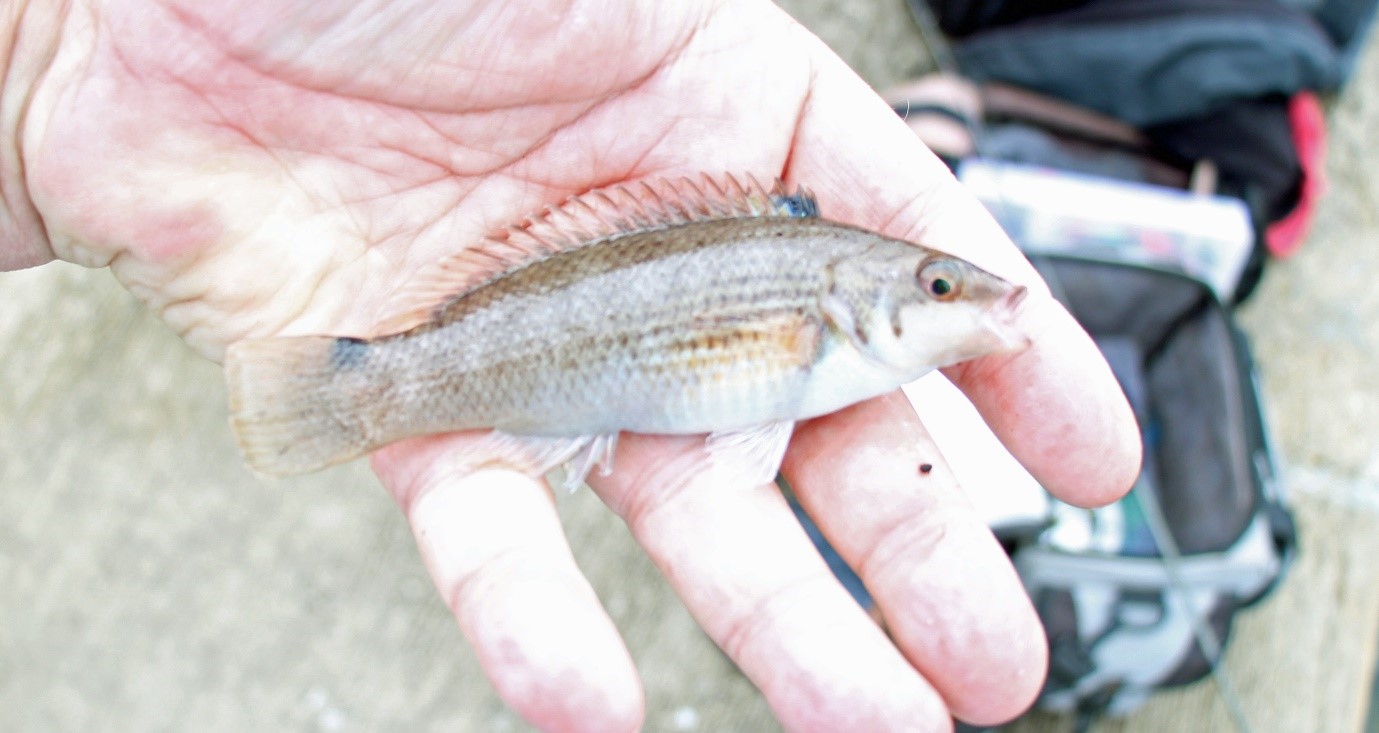
I then started learning about other species, and decided to try for a tompot blenny with a long dorsal fin. I found out there were some around Exmouth so the next time I was in the area, after watching an Exeter Chiefs rugby game, I went for a couple of hours fishing in the rocks by the launch ramp. This time I was using ragworm someone kindly gave me when he packed up, and lo and behold, I quickly caught the blenny and also a succession of corkwing wrasse. On my second trip I also caught a long-spined sea scorpion.
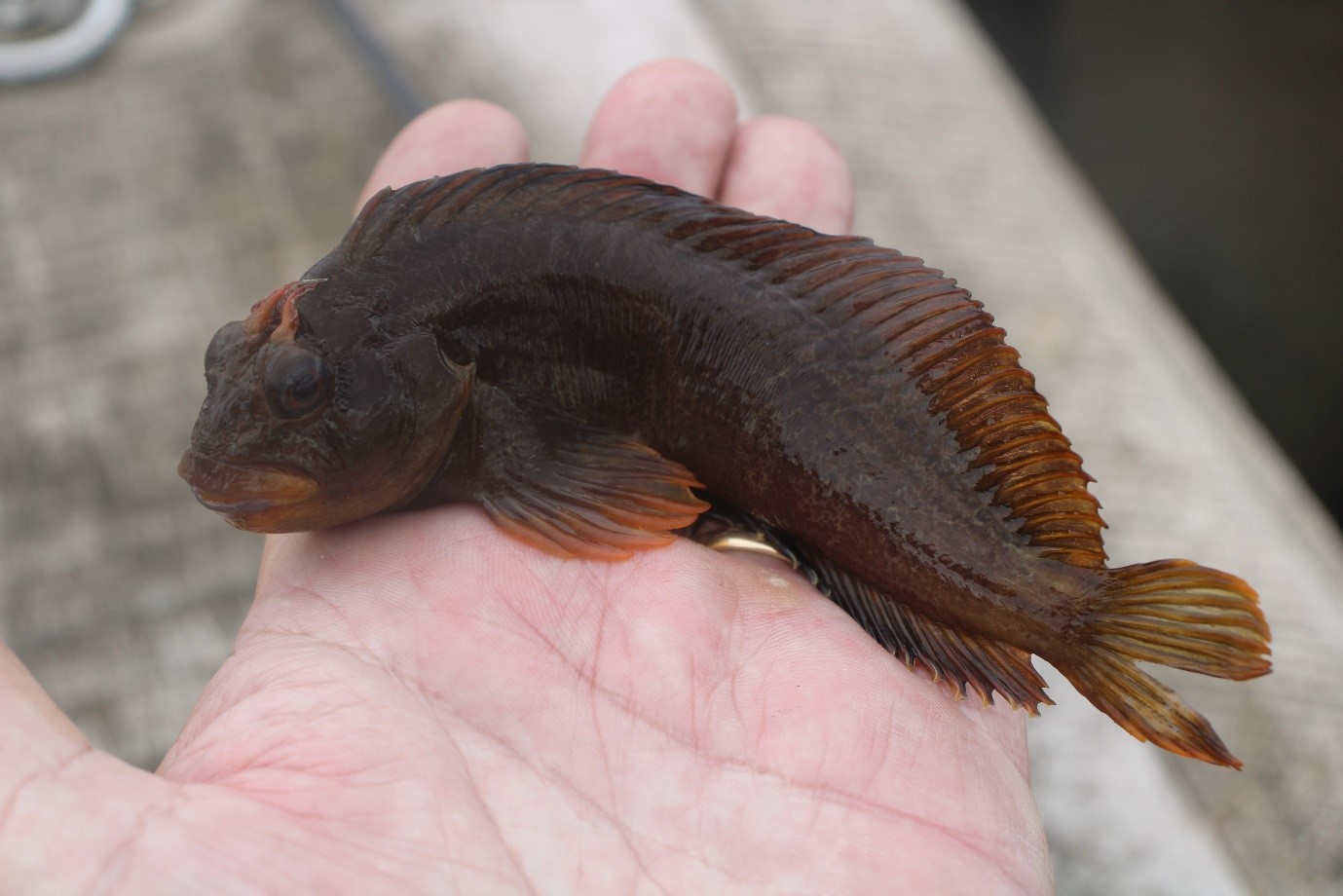
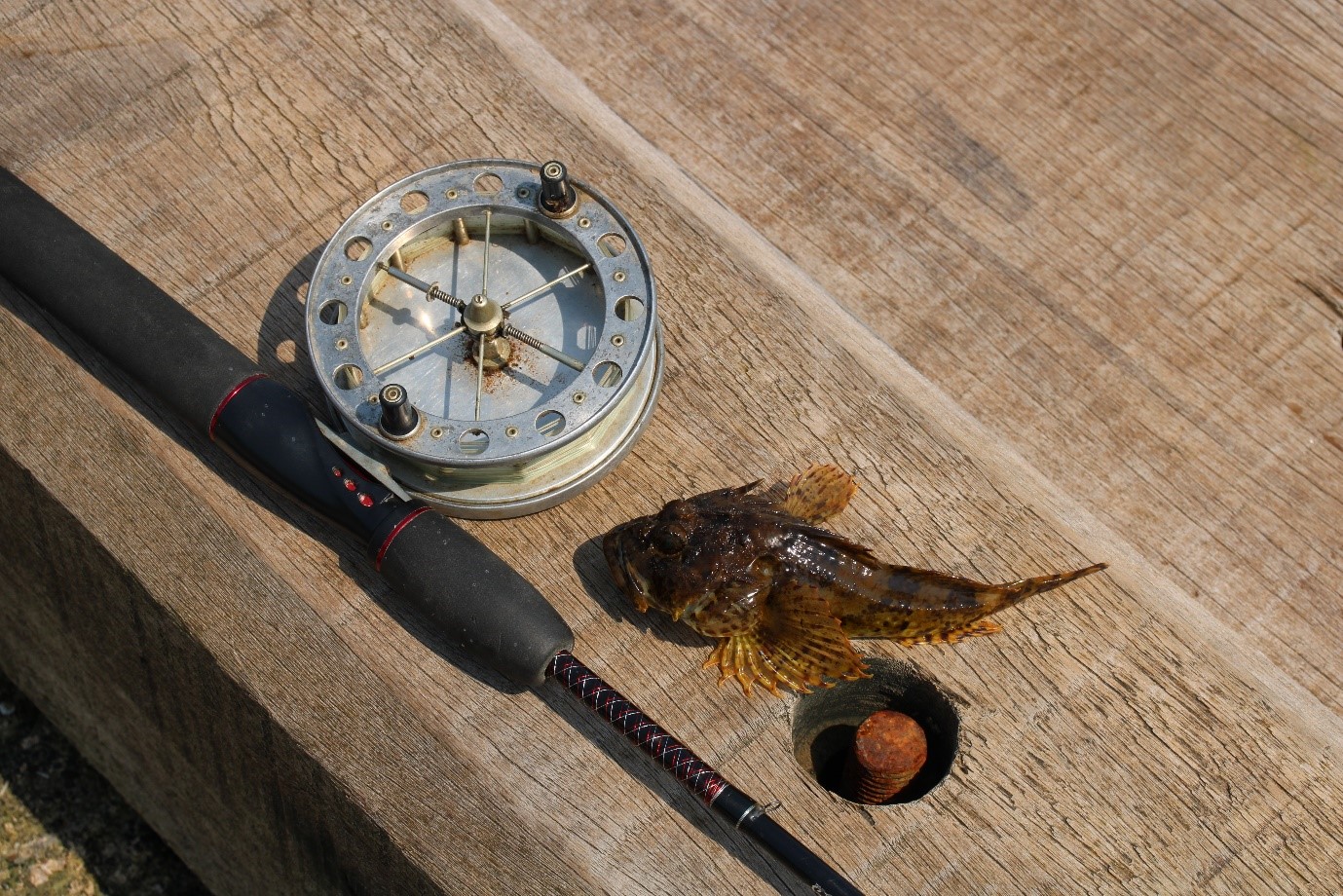
I was told that Ilfracombe Pier had more species of fish around it than the town aquarium so that was set as my next target. The first on the list was a sand smelt which I caught first cast on a simple float rig, size 18 hook and a small piece of bread flake.
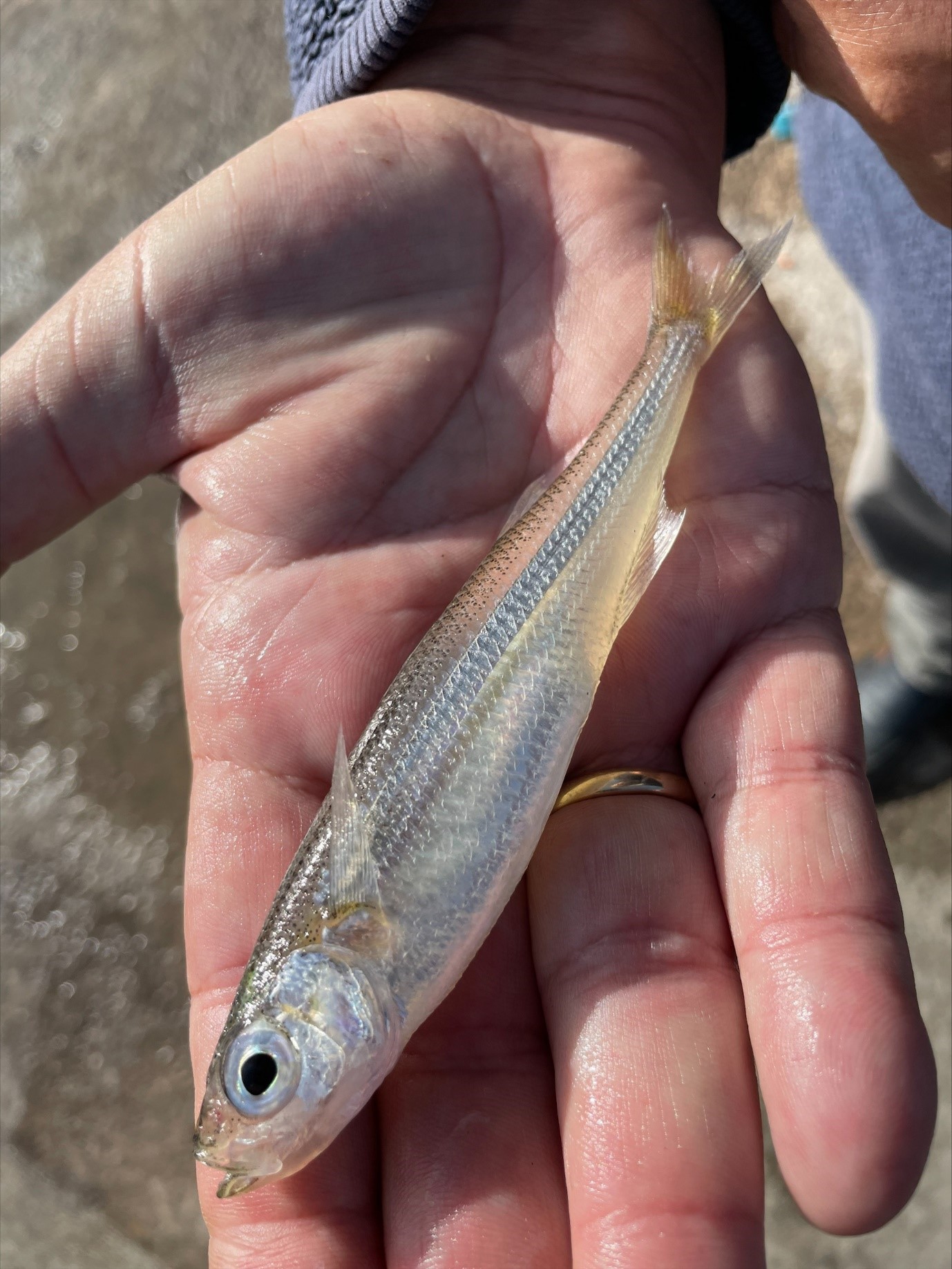
I then switched to the shotted rig that I have described previously and caught lots of common blenny, rock goby, small pouting and pollack, a good sized sea scorpion and ballan wrasse.
Connemara cling fish, Montague's blenny, and dragonet are some of the species that are present that I have yet to catch, but that leaves some for the future although new species get harder to find.
I have fished off the rocks at Clovelly and caught a three bearded rocking and a shore rockling too.
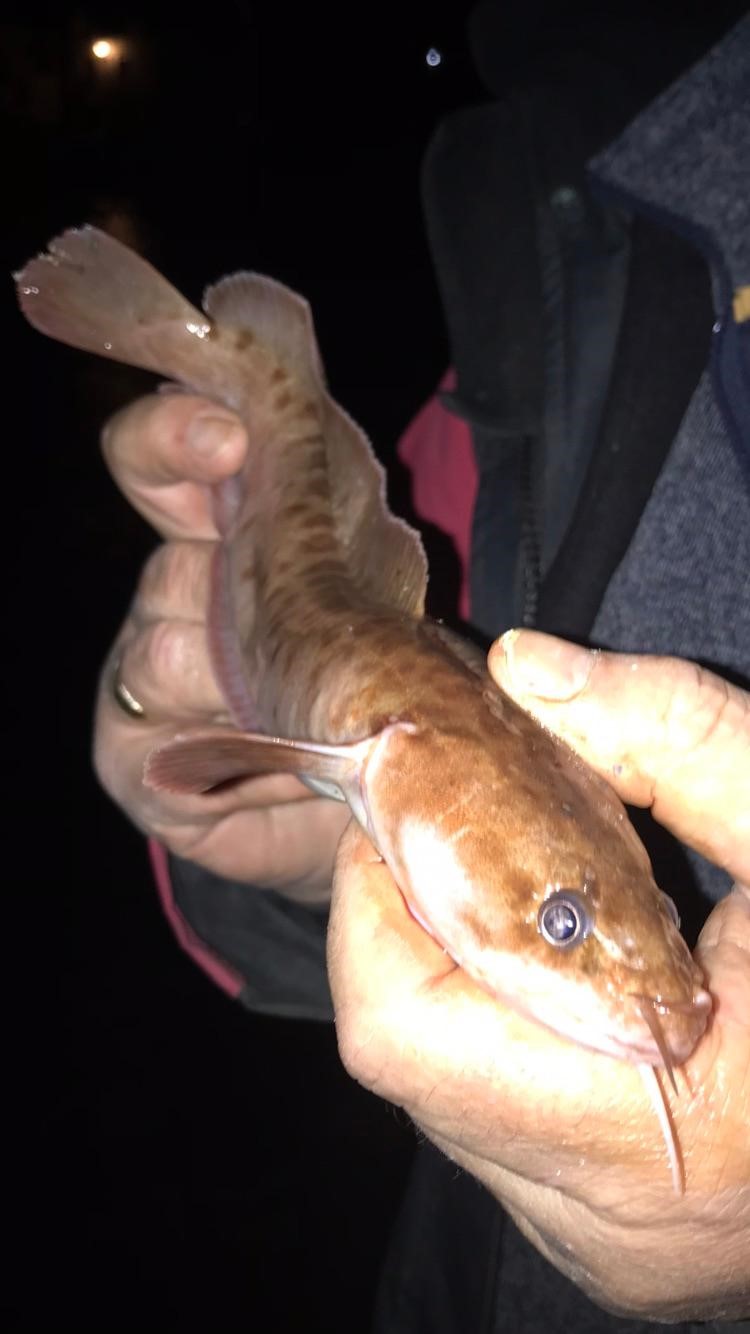
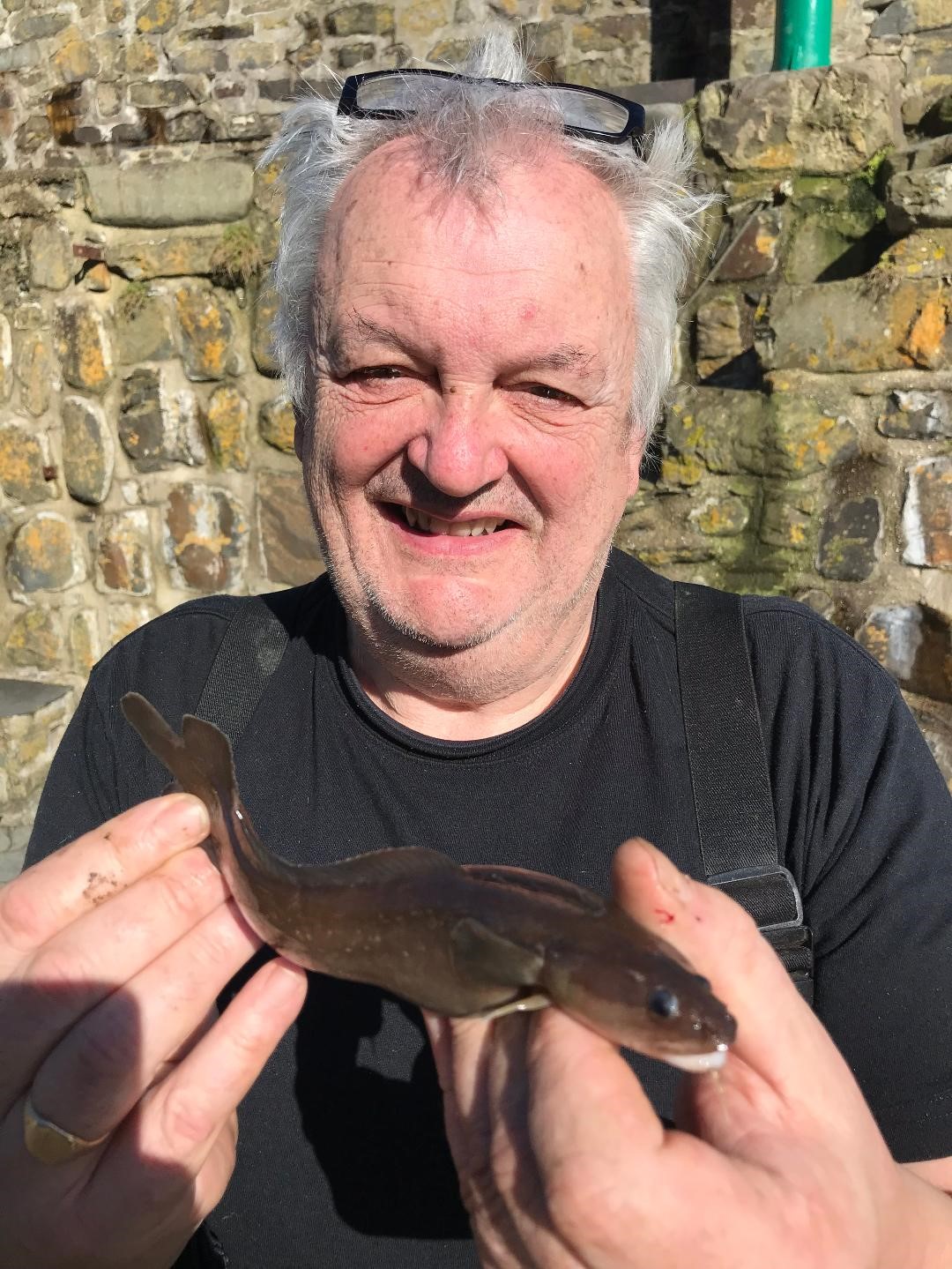
This method has given me hours of fun and I have seen some fascinating new species, but I have to admit that I couldn't do this all the time. I still like the pull of a large fish but it is great for filling the voids when you have those quiet moments